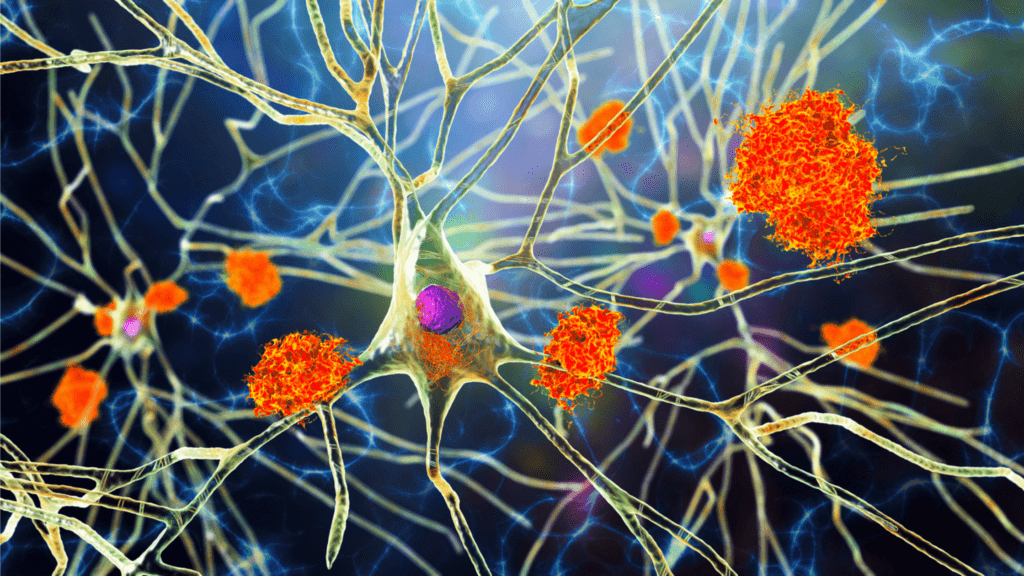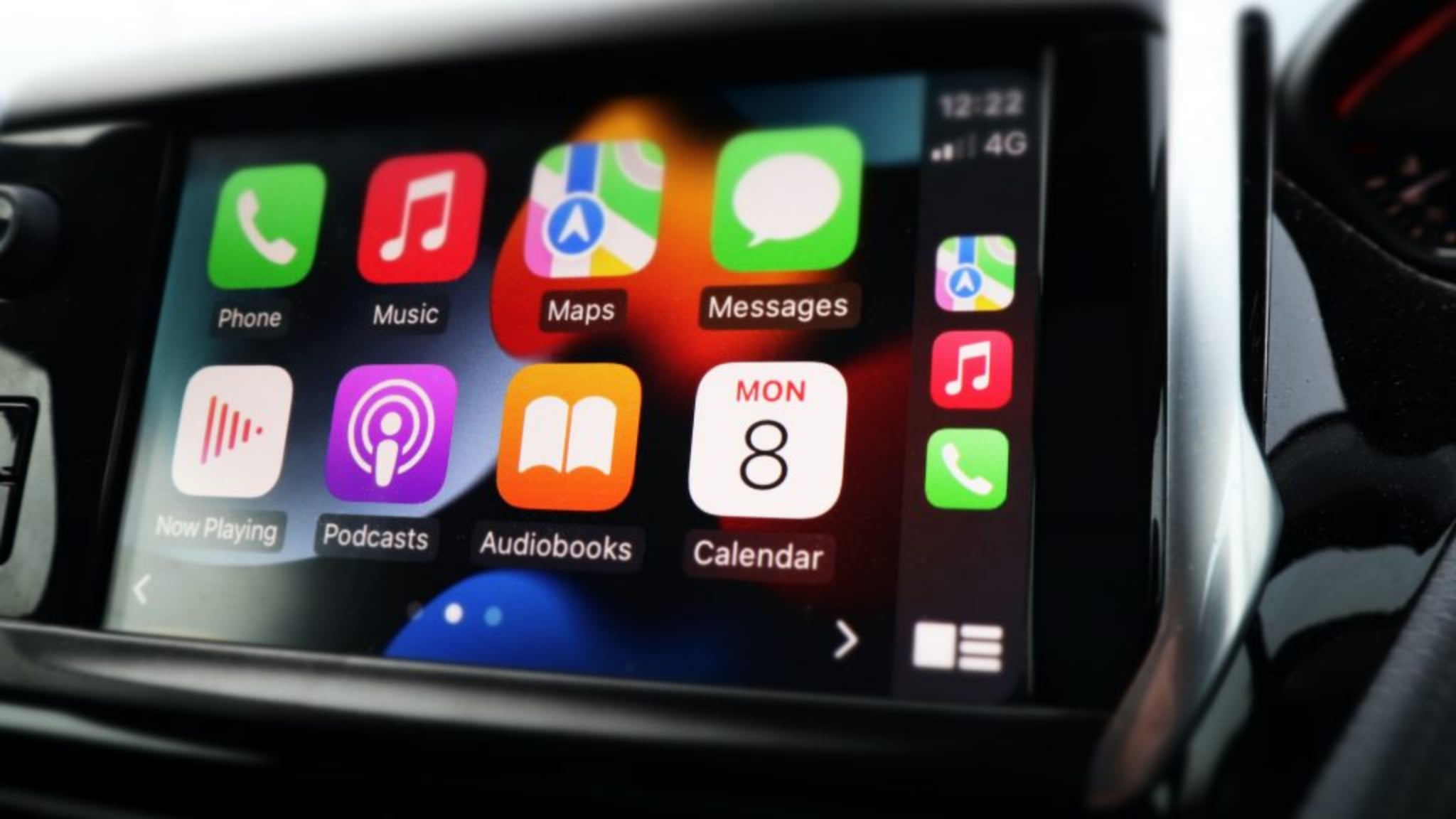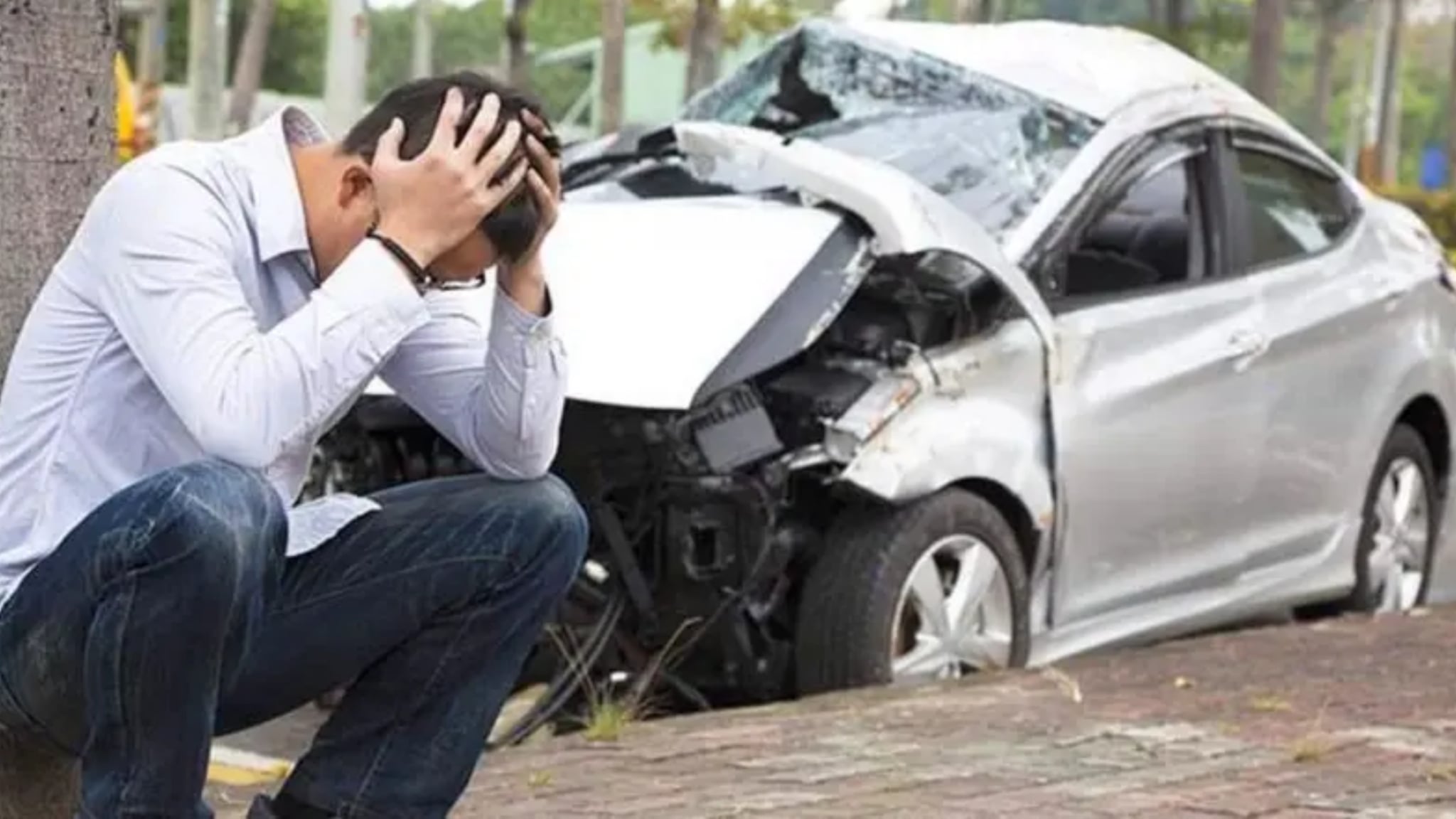Peripheral Nerve Damage – the “Invisible,” Lingering Injury

What Causes Peripheral Nerve Damage?
It should come as no surprise that nerve damage can result from various injuries (and even some chronic medical conditions such as diabetes). Any accidents that involve lacerations, burns, broken bones, significant physical trauma, electric shock, contusions, or numerous other impacts to the body can damage vital nerves that transmit electrical impulses to and from the spinal column and brain. Spinal cord injuries and traumatic brain injuries (TBIs) caused by blows to the head are common causes of nerve damage, but injuries to other parts of the body can result in damage to nerve cells in the extremities, resulting in numbness, pain, partial paralysis or other debilitating symptoms.What Are the Symptoms of Nerve Damage?
The Mayo Clinic describes a number of signs that an accident victim may have suffered peripheral nerve damage, ranging from a gradual loss of sensation or a growing numbness in the extremities, to extreme pain or sensitivity to touch, to even partial or complete inability to move in severe cases. Beyond those extremes, experts in treating patients who suffer from nerve damage point to a variety of other symptoms, including limited paralysis of fingers, toes, hands, arms, and legs; shooting or radiating pain throughout the body; muscular twitching or other uncontrolled movements; and even damage to the optic nerve that can sometimes result in irreversible blindness. Johns Hopkins University’s Medical Center describes the extent of nerve damage based upon defined levels of severity. Specifically, it uses the Sunderland classification system, which lists the following five grades of nerve damage:- First degree: A reversible local conduction block at the site of the injury. This injury does not require surgical intervention and usually will recover within a matter of hours to a few weeks.
- Second degree: There is a loss of continuity of the axons (the “electrical wires”) within the nerve. If this kind of injury can be confirmed through pre-operative nerve testing, surgical intervention is usually not required.
- Third degree: There is damage to the axons and their supporting structures within the nerve. In this case, recovery is difficult to predict. Nerve conduction studies performed during surgery are often able to help indicate outcome and need for simple cleaning of the nerve (neurolysis) or a more extensive repair with grafting.
- Fourth degree: In this case, there is damage to the axons and the surrounding tissues sufficient to create scarring that prevents nerve regeneration. Electrical testing performed during surgery confirms that no electrical energy can be passed along the neural pathways in this injured nerve. Surgical intervention with nerve grafting is necessary to repair the injury.
- Fifth degree: These injuries are usually found in laceration or severe stretch injuries. The nerve is divided into two. The only way to repair a fifth-degree injury is through surgery.”
What are Some Effective Treatments for Nerve Damage?
As noted above, sometimes nerves can heal on their own given sufficient recovery time, but in cases where nerves are severely stretched or severed, surgery might be necessary. Highly trained neurosurgeons specialize in repairing damaged nerves, and use a variety of techniques to achieve their goals in helping patients recover from these types of severe injuries. Among them are nerve grafts to reconnect nerves which have been severed, and the surgical dividing and transfer of nerves to reroute electrical impulses to other areas, along with operations designed to decompress nerves which have been pinched or otherwise impacted by various forms of trauma. Beyond microsurgery on the nerves themselves, neurologists also sometimes attempt to use other techniques and medications to help patients recover from nerve damage. These can include acupuncture, orthotics (such as specially designed inserts for footwear), physical therapy, various types of prescription medications, stimulation of nerves using electro-therapy, and even targeted massage therapy. Since nerves which have been injured heal slowly – sometimes taking months or even years to regenerate, if they ever do – patients might require long-term medical interventions and innovative forms of treatment not covered by insurance plans. Needless to say, this can result in extremely high medical bills, which makes it essential to seek help from a dependable personal injury attorney immediately to be sure your rights are protected and you won’t be financially devastated as you recover from your injuries.Don’t Suffer in Silence from Long-Term Impacts
Nerve damage is perhaps one of the most challenging injuries facing accident victims. Recovery times and impacts on long-term quality of life can be extreme. If you are suffering from any of the symptoms we’ve described in this article, you owe it to yourself to choose personal injury attorneys familiar with your circumstances to effectively represent your best interests. At Mike Morse Law Firm, we will do exactly that, and our compensation comes only from court-approved funds – never from your pocket. Remember that the statute of limitations for filing personal injury lawsuits in Michigan is usually just three years. So don’t hesitate to get us working for you immediately. To do so, call 855-MIKE-WINS (855-645-3946) right away.Content checked by Mike Morse, personal injury attorney with Mike Morse Injury Law Firm. Mike Morse is the founder of Mike Morse Law Firm, the largest personal injury law firm in Michigan. Since being founded in 1995, Mike Morse Law Firm has grown to over 250 employees, served 100,000 clients, and collected more than $2 billion for victims of auto, truck and motorcycle accidents. The main office is in Southfield, MI but you can also find us in Detroit, Sterling Heights and many other locations.






















